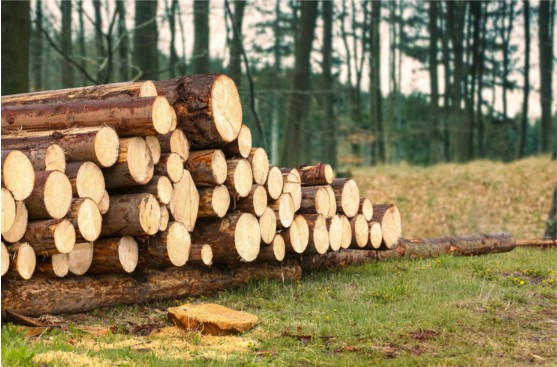Lumber White Paper Analyzes N. American Trends
Originally Published by: HBS Dealer — June 18, 2025
SBCA appreciates your input; please email us if you have any comments or corrections to this article.
The lumber industry has plenty of ups and downs. The swings and swoons of the market, coupled with a constant tug of war with supply and demand, present no shortage of challenges in the present, much less planning for the future.

Here to help with that planning portion is Boston Consulting Group, which put together a white paper analyzing industry trends and offering future predictions of where we're heading. Read on for some key insights.
At the top of its assessment, BCG points out the fragmentation in the North American lumber scene, noting that there's a "supply base of more than 475 companies—where the top 10 represent under 50% of total capacity."
And despite the current pressures on the market, the consulting group foresees a bounceback ahead. "Multiple analysts, industry experts and our own models converge on a moderate recovery scenario for 2026–2028, underpinned by a structural U.S. housing shortfall of roughly 3–4 million units and an aging housing stock—forces that together are expected to fuel annual growth of about 5–6 percent in new home construction and 2–3 percent in remodeling." According to BCG, those two segments alone account for 70 percent of all North American lumber demand.
How to succeed amid volatility
BGC offers four suggestions on how to thrive amid ongoing fluctuations and uncertainty.
1. Diversify into engineered wood products (EWPs).
Leaning into EWPs has shown better returns and more stable margins, according to BCG. In fact, BCG says EWPs like OSB, LVL and CLT can offer twice the margins of commodity lumber.
It cites industry examples ranging from West Fraser’s $3.1B acquisition of Norbord, Mercer Mass Timber expanding into CLT with $133m in acquisitions, and Louisiana–Pacific’s shift to OSB as reasons to take the plunge into EWPs.
2. Gain exposure to the Southern U.S.
The area's "abundant fiber availability" is made possible by fast–growing trees (25 years vs. 70 in British Columbia, according to BCG) and year–round logging.
The South also has lower log costs (36% below 2005 levels, per BCG) and reduced freight expenses due to local housing market proximity.
3. Embraced diversified revenue streams.
If you have cash on hand, "strategic timberland acquisitions" can open up a world of profitability.
BCG writes:
"Diversification opportunities include carbon credit sales, real estate and natural resource management, and by–products for bioenergy (like wood pellets and chips for power and heat generation)."
4. Digitize operations.
The lumber industry has not exactly been leading edge with technology, but there's plenty of opportunity. BCG suggests leveraging new tech like AI tools to streamline supply chain, production, pricing, sales and demand forecasting.
BCG concludes:
"If mills adapt effectively by focusing on margin discipline, product diversification, and strategic operational improvements, they will be well positioned to capture the benefits of a potential rebound and continue to generate strong returns even amid the industry’s historically cyclical markets. These cycles can, however, be moderated through disciplined supply management."
